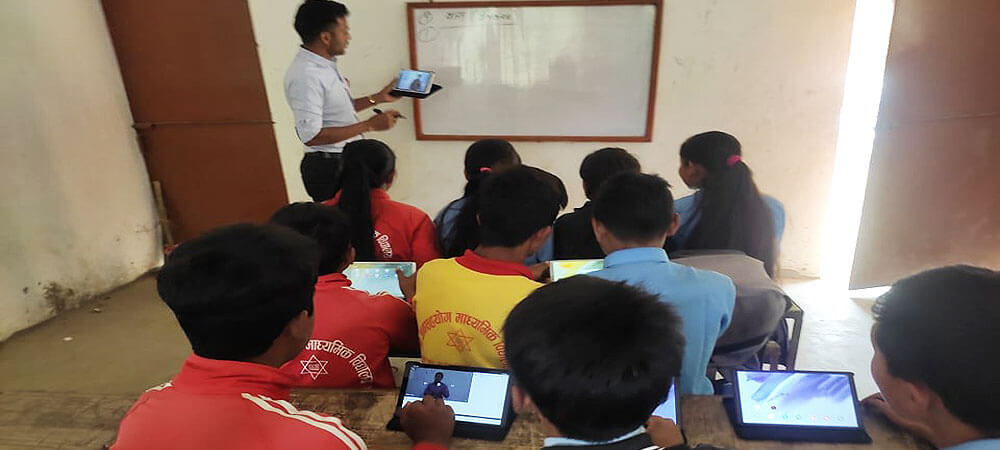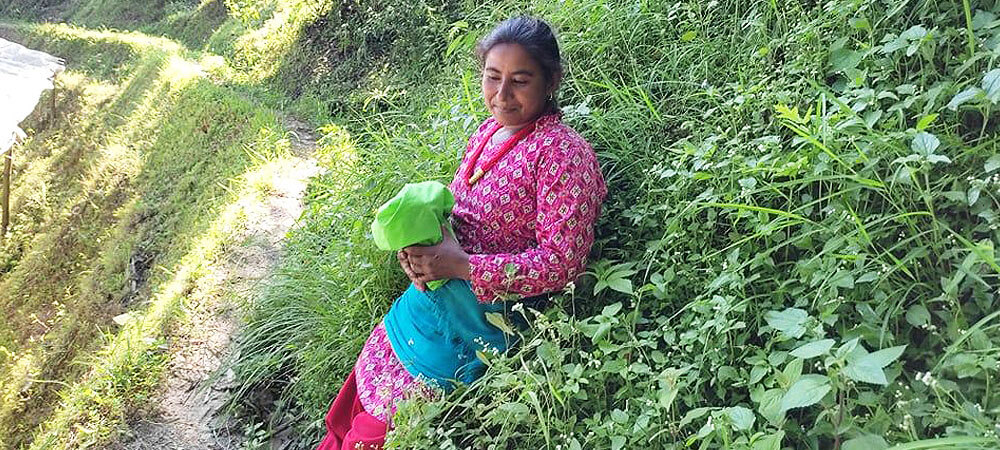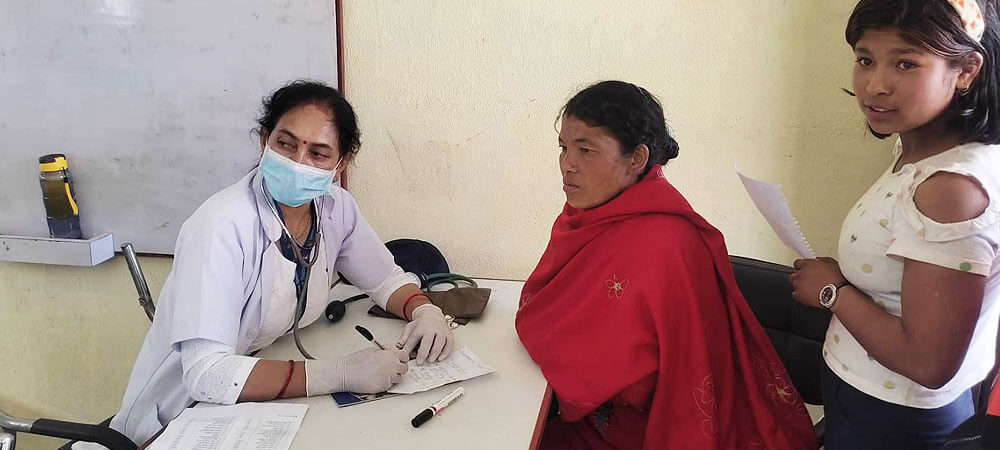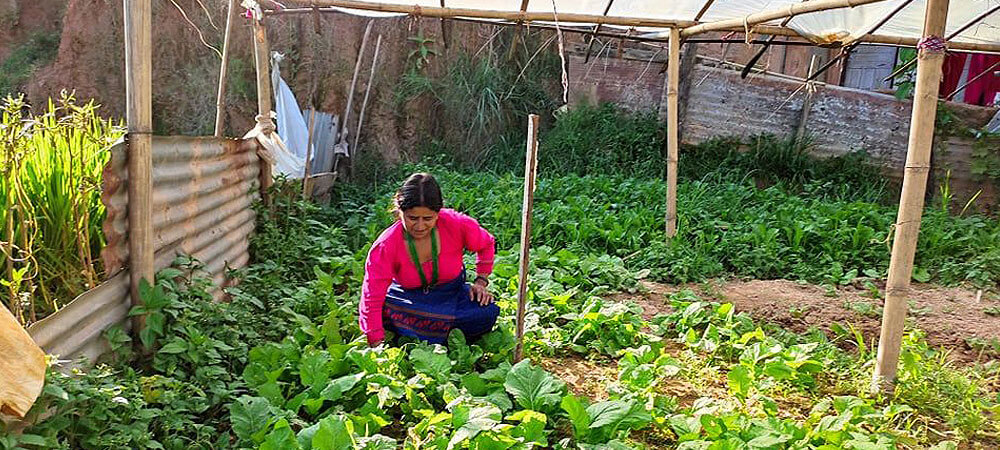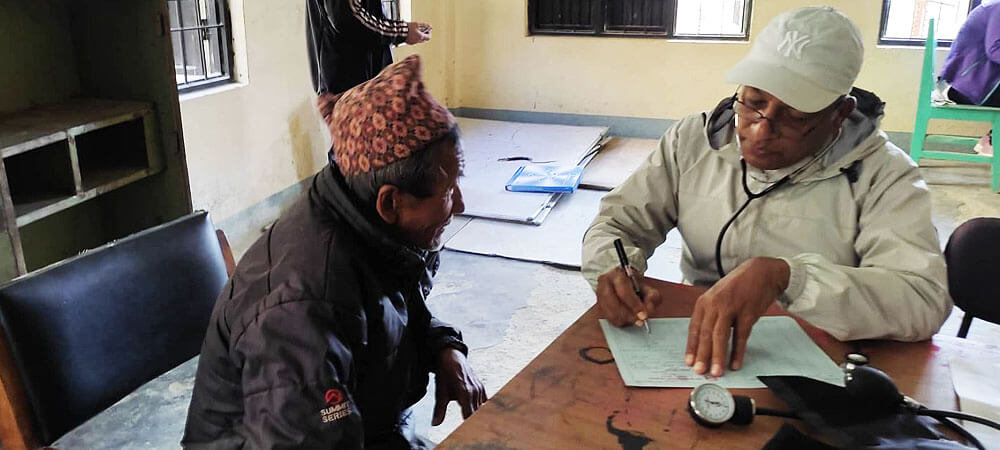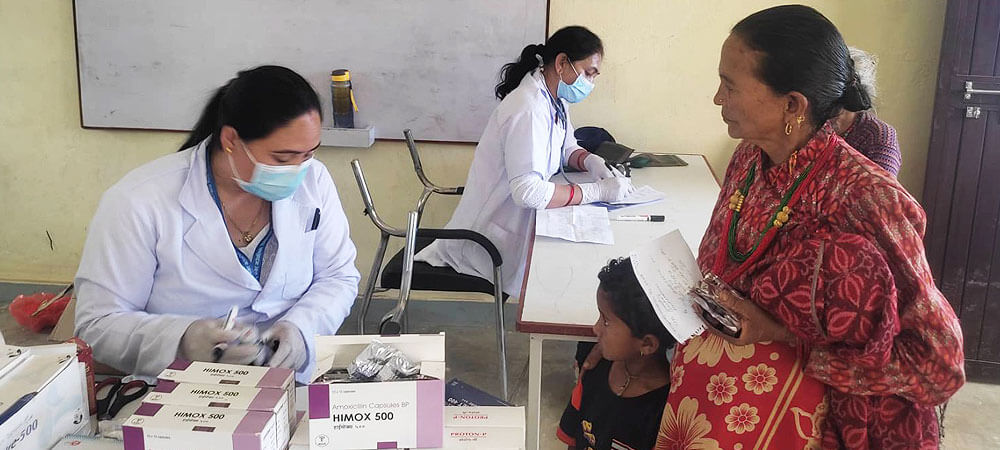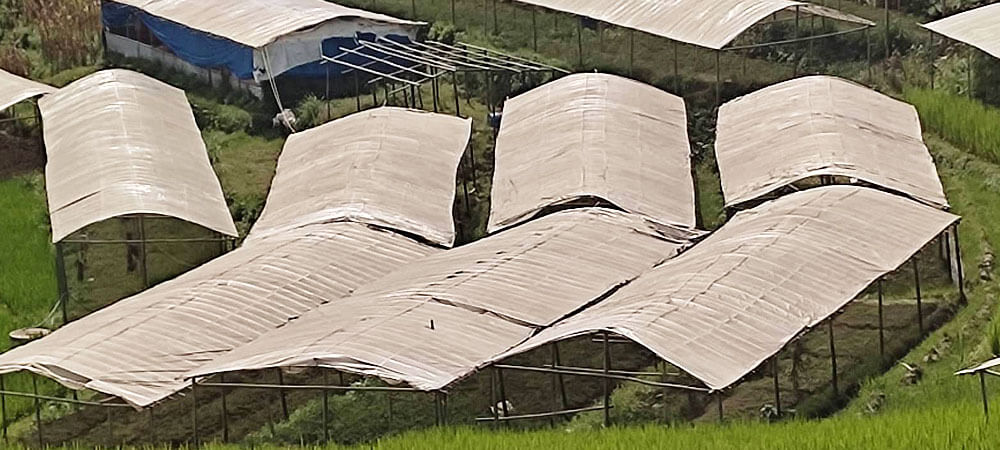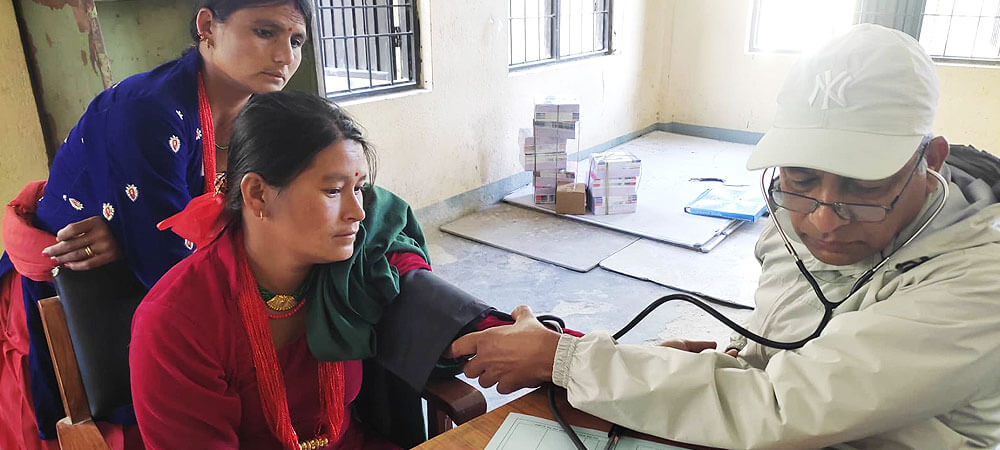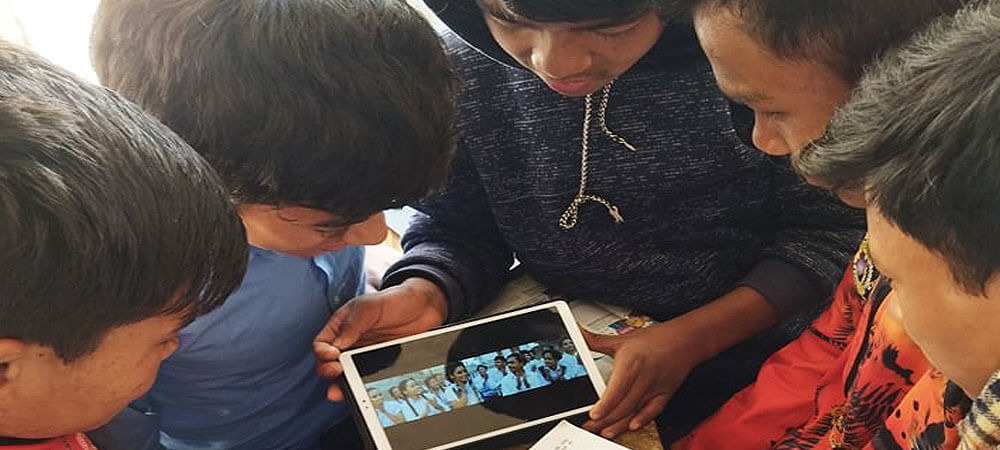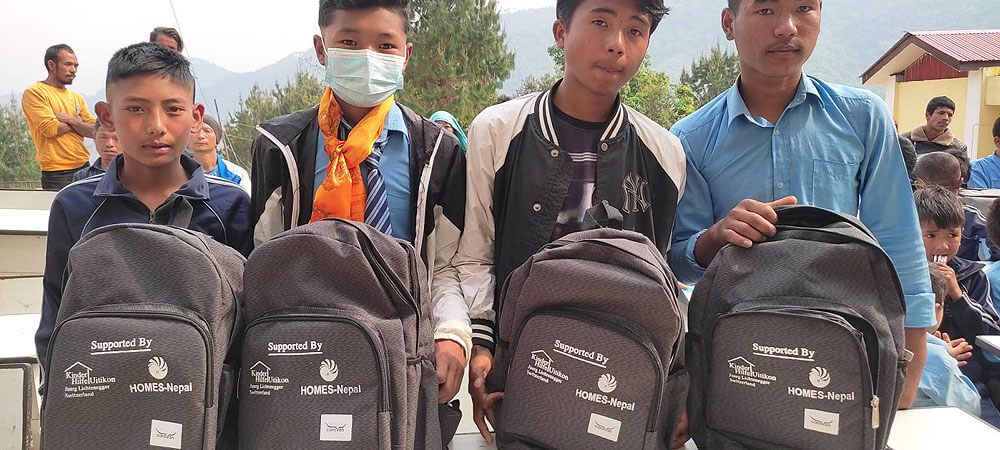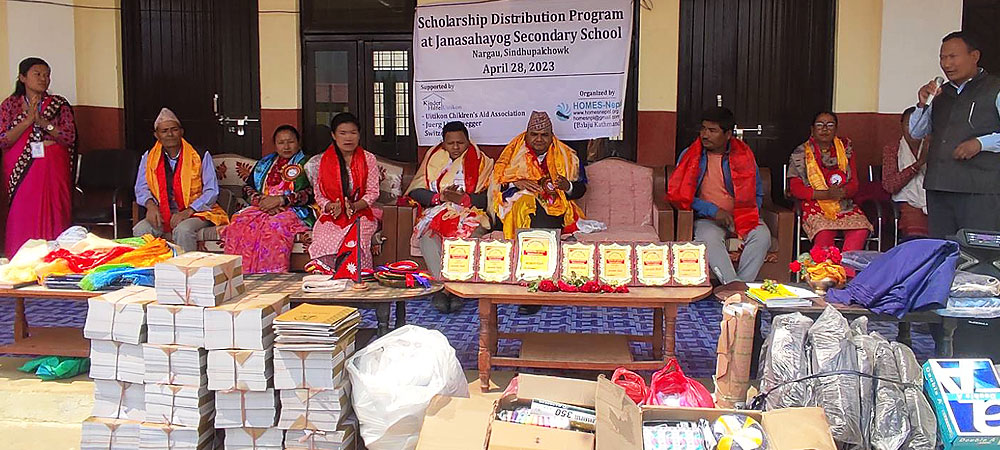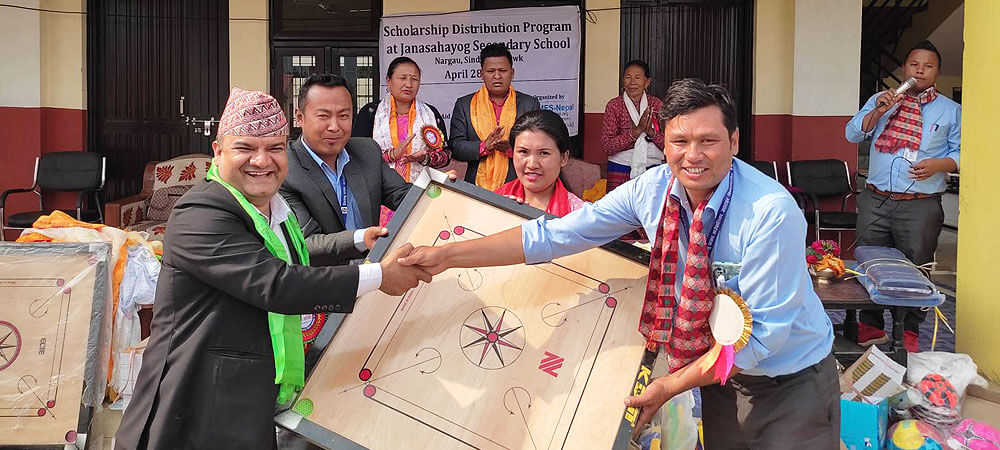WHERE WE WORK
Nepal is a third world country, a nation previously divided by civil war, a land made impotent by political infighting. The result has left the environment damaged and many people marginalized and living below the poverty line.
Kathmandu & the Kathmandu Valley
Spanning 570 square kilometers our first focus area is the Kathmandu Valley. No capital city is free from the issues development brings especially when the population within the valley is increasingly growing and will soon run out of space.
The valley is the home to the Newa (literally meaning Nepal) people whose rich culture is impacted upon continually, as the city expands. The Bishnumati River - (the focus of our clean-up work) is sacred to all Nepali people and holds extra significance for the Newari people as it runs through the heart of their territory.
As the home city of the founding members of HOMES Nepal we’ve always been well placed to see the deprivation, poverty and degradation as it develops and we are best placed to remedy the situation.
Gorkha
Gorkha was once the capital of Nepal and has a rich history of kings who ruled from the palace situated there. Famous for its links with the British army and the Gurkha soldiers, the undulating region has many mountains of varying sizes (including the 8th largest mountain in the world - Manaslu8,156m) and few flat areas. It covers 3,610 square kilometers and is populated mostly by subsistence farmers.
The economy in Gorkha is stunted, limiting job opportunities as well as the possibility for some of the poorer people being able to raise themselves out of the circumstances they are born into. The majority do not even own the land on which they farm.
Gorkha’s many poor ethnic groups and lower castes generally have very low literacy rates and a poor standard of education. Children often do not go beyond primary or lower secondary level. Male students wanting to continue their education will generally have to leave the area whist girls are almost exclusively married before completing their later studies. It is for this reason that we have targeted 50% of our Education Program here.
Dhading
Demographically similar to Gorkha, the region of Dhading covers1,926 square kilometers. The home of the Ganesh mountain range, the remaining area is 80% farmland and 20% forest. There are many natural resources present in terms of fertile land for farming, water and medicinal plants. Unfortunately, however, these are underused or wasted so that the region doesn’t benefit as it could.
Lower castes and poorer ethnic groups dominate the population and the vast majority of people are subsistence farmers. Any excess in crops are sold or traded locally to buy other supplies from neighboring farmers and most people do not leave the region. Electricity is sporadically available in some areas and not present at all in others.
No formal system of irrigation is present for farming or human waste disposal leading to varying health issues. Within Dhading health facilities are critically inadequate and in many places are non-existent. For these reasons we have focused many of our Health Camps in this region.

